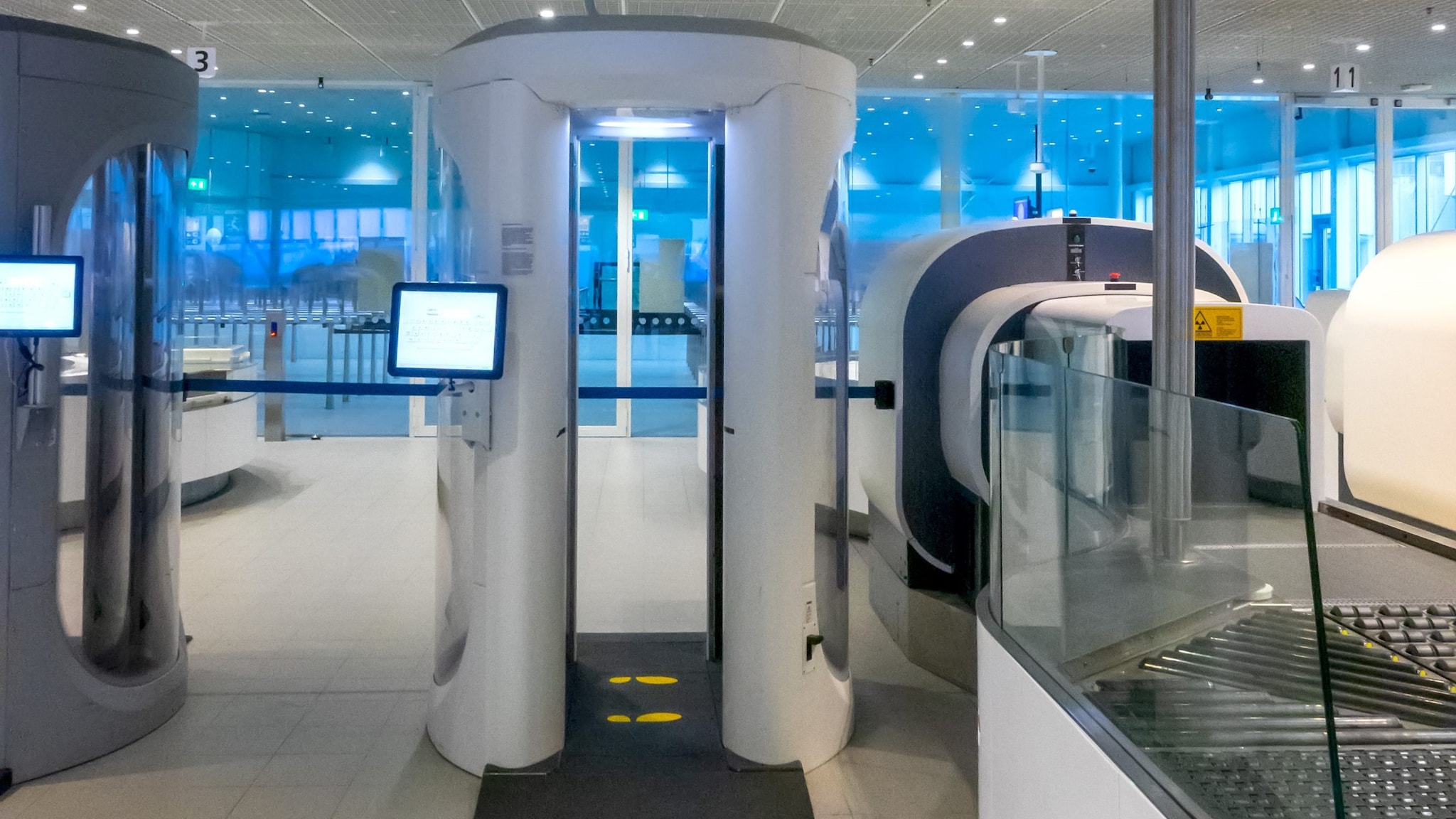What to know
When flying in the United States or elsewhere, we are subject to airport security screening. Airport security screening worldwide includes the use of body-scanning units. These units can release low levels of backscatter x-ray ionizing radiation and millimeter wave non-ionizing radiation. In the United States, body scanning units use millimeter wave technology.

Exposure
The Transportation Security Administration (TSA) uses body-scanning units in airports across the United States. These body-scanning units traditionally use millimeter-wave technology.
Millimeter-wave technology uses non-ionizing radiation in the form of low-level radio waves to scan a person's body. A millimeter-wave body scanner uses two antennas that rotate around a person's body. The scanner constructs a 3-D image that resembles a fuzzy photo negative. The image is sent to a remote monitor.
Millimeter-wave technology does not use x-rays and does not add to a person's ionizing radiation dose.
Radiation exposure from airport security screening
The United States uses millimeter-wave technology in airport security scans. This form of technology uses low-energy non-ionizing radiation that releases thousands of times less energy than a cell phone.
The U.S. Food and Drug Administration (FDA) has federal authority to set standards for machines that produce radiation, including millimeter-wave security screening systems.
